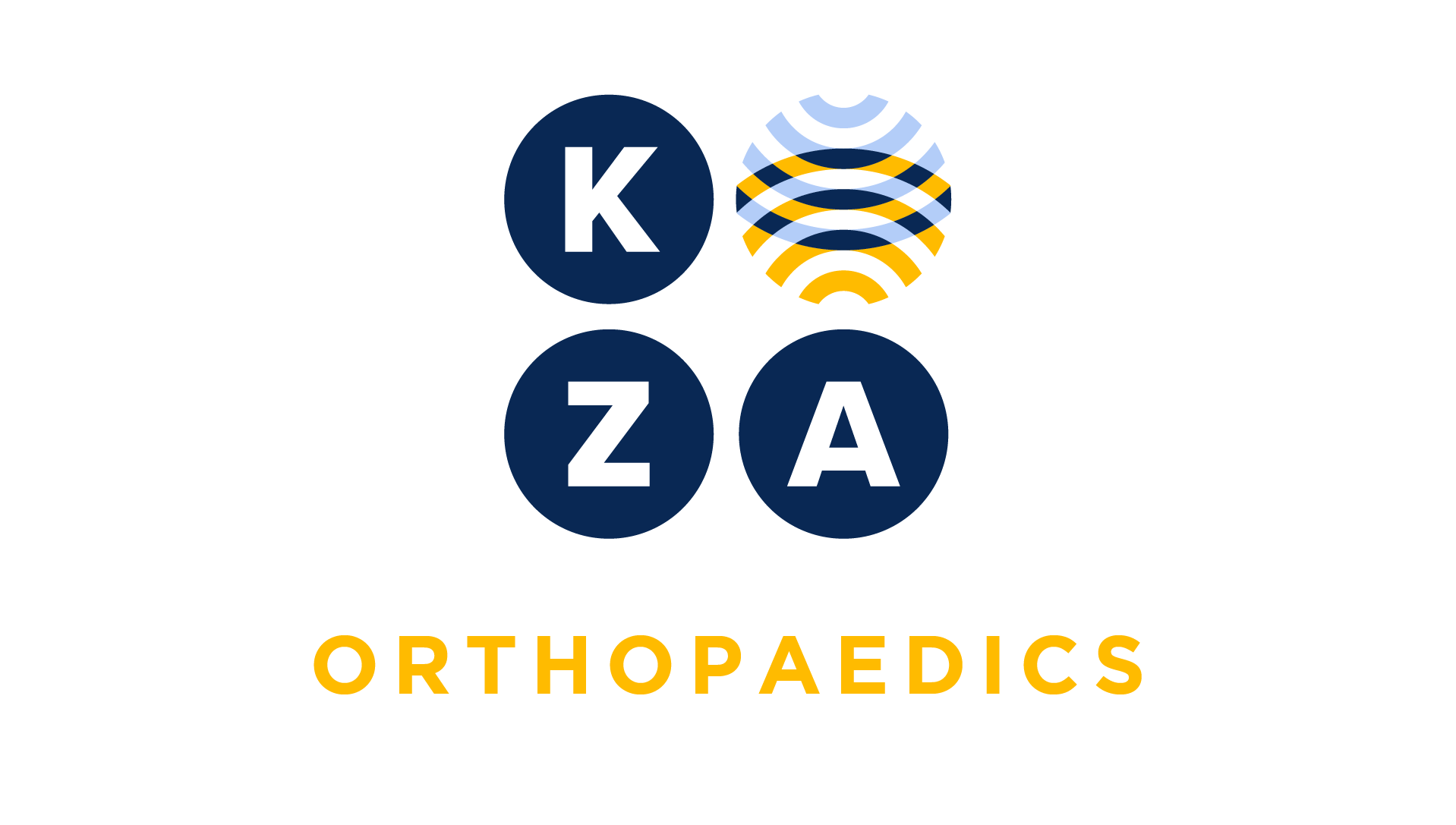
Choose your specialty from the list below to see how our experts have tackled a wide range of client questions.
Looking for something specific? Utilize our search feature by typing in a key word!
ICD 10: Aftercare Z Codes or 7th Character Code?
Patient has been seen in office during the global period after a rotator cuff repair for a sprain. No X-rays were taken. Internally we…
UPDATED
Question:
Patient has been seen in office during the global period after a rotator cuff repair for a sprain. No X-rays were taken. Internally we will record 99024. Would we assign Z47.89 or the sprain code to 99024?
Answer:
Thanks for your inquiry as your question gives us an opportunity to address documentation requirements and how sprains and strains are delineated in ICD-10-CM.
First, under ICD-10-CM descriptions, an acute injury to the rotator cuff muscle or tendon is described as a “strain”, under the subcategory S46,01- , not as a “sprain.” Although there is also an ICD code for sprain of the rotator cuff capsule, S43.42-, that is not the structure that typically injured.
If you’ve determined that the problem is an injury, you will look to the S codes; if it is a chronic or recurrent problem, you will look to the M codes.
The ICD-10-CM options for a rotator cuff strain are:S46.011- Strain of muscle(s) and tendon(s) of the rotator cuff of right shoulderS46.012- Strain of muscle(s) and tendon(s) of the rotator cuff of left shoulderS46.019- Strain of muscle(s) and tendon(s) of the rotator cuff of unspecified shoulder
Ideally the physician will document whether the strain affects the right or left shoulder; use of the unspecified code is reserved for cases when the laterality is not described.
If the patient is seen in the global period for the injury, then the 7th character D is applied to indicate routine healing following active treatment of an injury.
If the surgery was done to treat a chronic or degenerative condition coded from the M chapter, you will report Z47.89, Encounter for other orthopedic aftercare, provided the follow-up is uncomplicated.
*This response is based on the best information available as of 02/4/16.
Lysis of Adhesions In the Shoulder
We are having a debate in our office we hope you can help unravel. We want to report CPT code 29827 and 29825 together but our Coding Companion states that they are inclusive to each…
Question:
We are having a debate in our office we hope you can help unravel. We want to report CPT code 29827 and 29825 together but our Coding Companion states that they are inclusive to each other and are bundled. Our surgeon is Question:ing the accuracy of this information.
Answer:
Your surgeon is correct to question this information. CPT code 29825 describes arthroscopic lysis of adhesions; CPT code 29827 describes an arthroscopic rotator cuff repair. According to the AAOS Global Service Data Guide, these two procedures are exclusive to each other. Each procedure is supported by the medical necessity of two separate conditions and have separately identifiable diagnosis codes. If your Coding Companion is based on Medicare payment rules, you will see the two services as bundled together. This is where it is important to understand the differences between CPT coding rules and Medicare payment rules.
For Medicare Part B carriers, you would not report the two codes together as there is an NCCI edit in place; CMS considers shoulders procedures on the ipsilateral procedure inclusive to each other when an edit exists thus, a modifier may not be applied (e.g. 59, XU) to the code combination. In your scenario, only the rotator cuff repair is reportable to Medicare Part B (remember, NCCI edits are for Medicare Part B and may apply to Medicaid also).
For private payors who follow CPT rules, the code combination is reportable together and represents correct coding.
*This response is based on the best information available as of 01/14/16.
Are Cast Re-Applications Included in the Global Period?
We are hospital employed and are being told that we cannot bill for cast re-applications in the global period. An article posted in the AAOS coding column tells us that cast re-applications…
Question:
We are hospital employed and are being told that we cannot bill for cast re-applications in the global period. An article posted in the AAOS coding column tells us that cast re-applications are separately reportable and to append a modifier 58. We also understand that modifier 58 restarts the global period. In my old job, I was told by a billing company that post-op casting was included in the global period and was not payable unless there was a complication with the cast. Is a cast re-application billable in the global period when medically necessary and will the global period re-start?
Answer:
Thanks for your inquiry. For some readers this will be a very mundane Question:, but we are hearing this question more and more frequently so this is a good time to re-address how to report the services and why the services are reportable.
Let’s answer the first question first. Are cast re-applications billing during the global period? Yes! The first cast is inclusive to the global surgical CPT code, but re-applications are billable, assuming of course, that medical necessity is present. The following is the CPT citation: The very first sentence in the Application of Casts and Strapping section of CPT states, “The listed procedures apply when thecast application or strapping is a replacement procedure used during or after the period of follow-up care, or when the cast application or strapping is an initial service performed without a restorative treatment or procedure(s) to stabilize or protect a fracture, injury, or dislocation and/or to afford comfort to a patient.”
The answer to the second question is no, the global period will not re-start because splints and cast CPT codes have zero global days; as such, the global days cannot be reset or re-started.
*This response is based on the best information available as of 12/17/15.
Infected Knee
Will you please direct this question to Mary LeGrand? I was consulted to evaluate a patient to rule out a septic knee. I saw the patient in the morning and aspirated the joint; the
Question:
Will you please direct this question to Mary LeGrand? I was consulted to evaluate a patient to rule out a septic knee. I saw the patient in the morning and aspirated the joint; the fluid was cloudy and sent to pathology. Later that day I was notified of an increased cell count and decided to take the patient to the OR later that day for an arthrotomy with lavage. My coder is telling me that I cannot bill CPT code 20610 with the arthrotomy because of a Medicare payment edit. This makes no sense to me. Can you advise if I am able to report this aspiration or not?
Answer:
Thanks for your inquiry. Yes, the aspiration is reportable with CPT code 20610 as you note. You may also report the arthrotomy with knee lavage; for example, CPT code 27310. Your coder is correct in that an NCCI edit is present between the two codes when performed on the same knee, same session. However, in your scenario, they are performed same day, different sessions. Append a modifier 59 (distinct procedure) to CPT code 20610 to indicate the aspiration occurred at a different session on the same day. If your Medicare carrier has instructed to use the new “X” modifiers instead of modifier 59 to indicate the “separate encounter,” you would report 20610 XE instead of 20610-59.
Your service will be reported one of two ways:2731020610-59Or2731020610 XE
*This response is based on the best information available as of 10/08/15.
Medicare: Debridement Services in the Shoulder
We attend courses and receive education from KZA consistently on orthopaedic coding. Our practice recently hired a new billing manager and she states that the information we have been…
Question:
We attend courses and receive education from KZA consistently on orthopaedic coding. Our practice recently hired a new billing manager and she states that the information we have been given is incorrect for Medicare related to arthroscopic debridement services. The billing managers external resource told her that 29822 or 29823 can be reported with other arthroscopic shoulder services as long there is no NCCI edit in place. We are telling the new manager that this is incorrect for Medicare.
Can you please help validate what we perceived we heard from KZA is correct? To re-state, our question evolves around reporting debridement services (CPT codes 29822 and 29823) to Medicare when the patient has other arthroscopic shoulder procedures on the same shoulder. We understood, and have told the new billing manager, that the debridement services are considered inclusive to other arthroscopic procedures performed and reported on the same day if the debridement services are performed on the same shoulder. Our manager is telling us that if there is no edit in place, for example with CPT code 29826 and 29822, that we can report both to Medicare. Again, for clarification, she cites a non-KZA resource person.
Answer:
Thanks for your loyalty and reaching out. Based on the information provided, you accurately perceived the instructions for reporting arthroscopic shoulder procedures to Medicare. While there are no NCCI edits between some of the arthroscopic procedures and either CPT code 29822 or 29823, it is considered incorrect coding to report one of these debridement codes in addition to other arthroscopic shoulder procedures performed on the ipsilateral or same shoulder. One common error in coding according to Column 1 and Column 2 code edits is assuming if there is no edit, that the code combination may be reported together.
The following source information used by KZA in all orthopaedic instructions is found in the January 2015 NCCI Musculoskeletal Chapter 4:“4. With the exception of the knee joint, arthroscopic debridement should not be reported separately with a surgical arthroscopy procedure when performed on the same joint at the same patient encounter. For knee joint arthroscopic debridement see the following paragraph.”
While a Column 1 or Column 2 edit may not exist in the Excel database, these written guidelines provide additional coding information in addition to the Column 1 and Column 2 edit. CPT codes 29822 or 29823 are not reportable with other arthroscopic shoulder procedures on the same shoulder, same session.*This response is based on the best information available as of 09/24/15.
Different Specialties, Same Tax ID
Can you help clarify the new patient rules related to multiple specialties in the same group practice? If we have different specialties (e.g., Pain Management, Podiatry, Rheumatology,…
Question:
Can you help clarify the new patient rules related to multiple specialties in the same group practice? If we have different specialties (e.g., Pain Management, Podiatry, Rheumatology, Orthopaedics) can we charge a New Visit code when the patient is seen for the first time by a physician in a different specialty in the practice?
Answer:
Yes, the CPT rules and Medicare rules both allow the new patient visit rules in your scenario, which is very common in large multi-specialty groups or academic centers where all specialties bill under the same tax ID. The following is a direct citation from the 2015 AMA CPT Manual: “Solely for the purposes of distinguishing between new and established patients, professional services are those face-to-face services rendered by physicians and other qualified health care professionals who may report evaluation and management services reported by a specific CPT code(s). A new patient is one who has not received any professional services from the physician/qualified health care professional or another physician/qualified health care professional of the exact same specialty and subspecialty who belongs to the same group practice, within the past three years.”
Thanks for reaching out to KZA for your coding needs!
*This response is based on the best information available as of 08/13/15.

